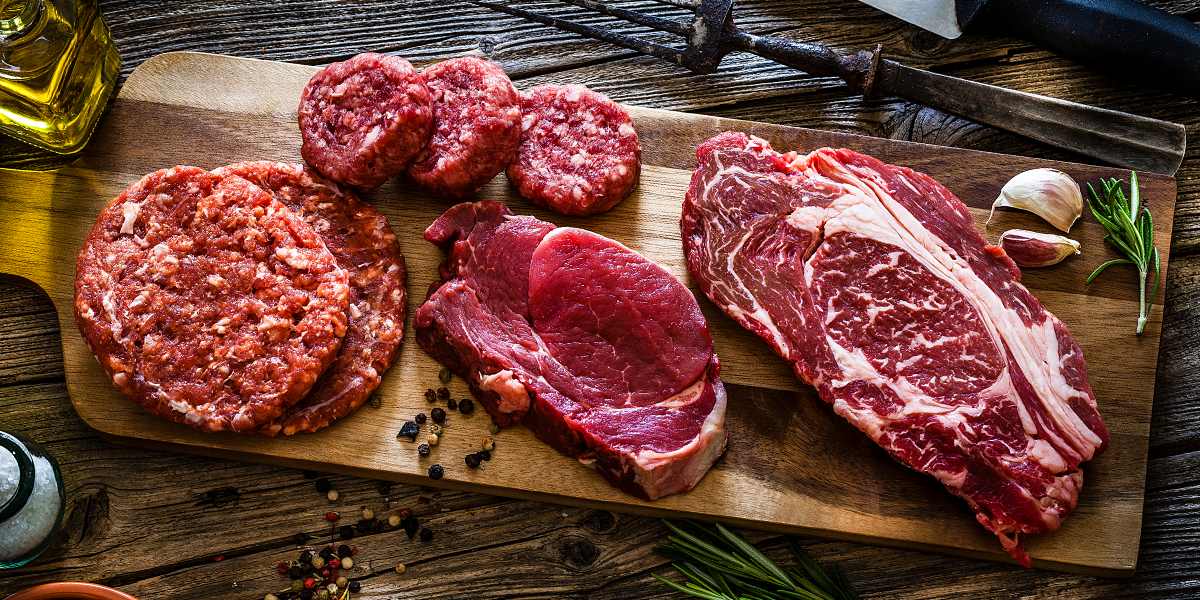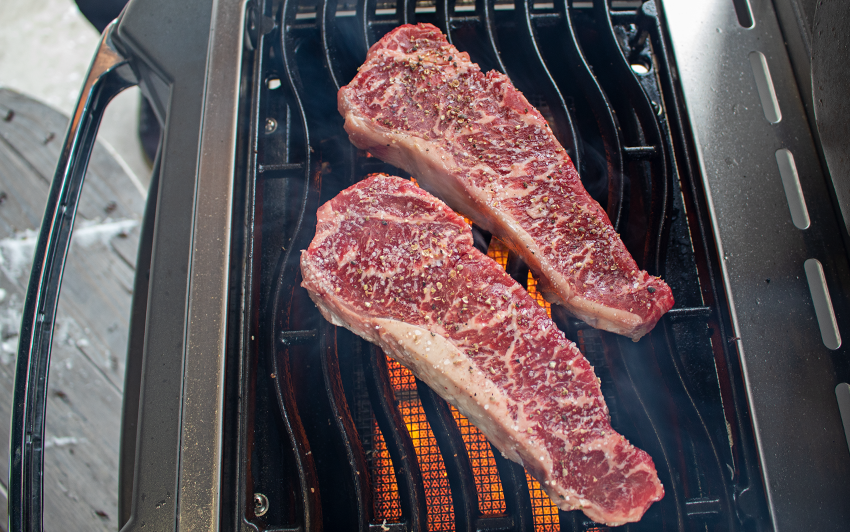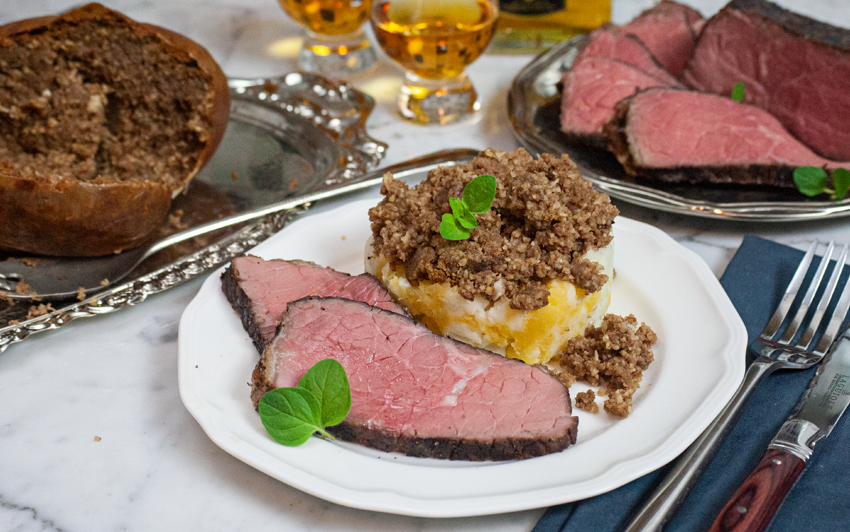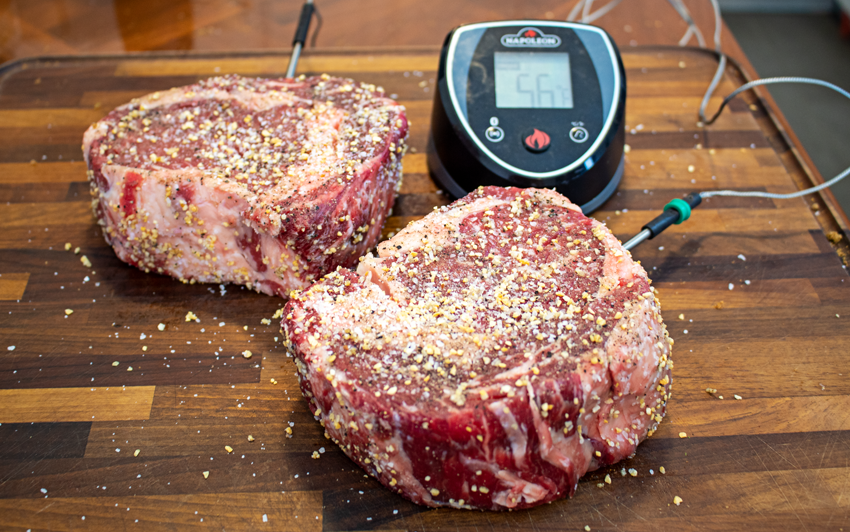
Steak Grades Explained - What You Need to Know About Selecting Your Steak
We talk a lot about steak. As a barbecue company, why wouldn’t we? Steak is one of the best things you can make on a barbecue. It’s what comes to mind when you think of barbecuing a delicious meal. The question is, how do select the best steaks for the meal that you are cooking?
As a consumer of steak, you have probably noticed or heard about grades. In Canada, you have Prime, AAA, AA, and A. In the United States you have Prime, Choice, and Select. These indicate the quality of the steak. How do you judge the quality of a steak by the grade on the package? And what do these steak grades mean anyway?
Steak Grades in Canada
Canada does not follow the same grading system as the United States. There are four grades you will see on packages.
Prime
Prime grade beef is the highest quality you can get. It features beautiful red meat laced with thin striations of white fat. This meat is well suited for a multitude of cooking conditions. However, this type of beef is least abundant on the market and makes up only 2% of available consumable beef making it most expensive.
AAA
Triple-A quality beef has less marbling; however, it is still considered high-quality and good for most cooking types. This grade of beef makes up an abundant - albeit pricy - 50% of the beef available for purchase.
AA
Double-A quality beef is only a slight step down from AAA. It possesses a little marbling and can still provide an incredible dining experience, although care should be given, as beef with the AA label will be less forgiving than AAA when cooking.
A
Single-A quality beef has the least amount of fat striations but is still considered to be of adequate quality. The least expensive and least forgiving of the grades that you will encounter; this grade of beef makes up only 3% of the meat that can be found in a supermarket.
What is Marbling?
It’s the intramuscular fat in meat. The more fat there is, the more flavorful and tender the meat will be when cooked properly. Always consider the cut of meat being prepared and the preparation method. You wouldn’t sear a brisket, just as you wouldn’t slow smoke a thin searing steak.
Steak Grades in America
Unlike Canada, with its four grades of meat, the United States only has three that would be found on the market for human consumption. Anything below Select grade is considered for ground meat products.
Prime
U.S. Prime is the highest quality available and makes up only 2 to 3% of the available beef on the market. This generally is sold to high-quality hotels and restaurants and is the most expensive, if you are purchasing for personal use. It contains the highest concentrations of marbling and intramuscular fat which means that it will be more forgiving when cooked and yields a flavorful and juicy meal.
Choice
U.S. Choice quality beef makes up a good 50% of the available beef for consumers. The main difference between Prime and Choice is that Choice contains less marbling than Prime. This makes Choice a little less forgiving when being cooked, however, this is one of the better choices you can make for beef to go on the barbecue.
Select
U.S. Select beef was formerly known as “good”. It has the least amount of marbling, but still enough to be sold to consumers, though less coveted due to the leanness of the meat. While the meat is still good, it will lack in the flavor that the marbling of fat will provide making these cuts ideal for marinating and smoking. Care should be given when cooking because they can be the least forgiving of the grades of meat. That doesn’t mean that a meal made with Select cuts won’t be incredible, but that proper techniques and monitoring are required for the best meal.
What Do Steak Grades Mean?
The grading of steak, beef in general, is done by the government or an organization hired by the government. Grading can be subjective to the individual who is doing the grading, however, there are three factors that remain the same. The age of the animal, the quality and the abundance of the marbling. Each individual cut of beef is not graded, grading is performed on the whole or a split body of a cow.
Can You Judge the Quality of Steak by it's Grade?
Sure, you can completely judge the quality of steak by the grade on the label. That is a perfectly reasonable way to find a good piece of beef for cooking. There are things that you should also look for if you are the discerning shopper though. When shopping for steak or any other cuts, look at the meat itself. You need to have a look at the texture, color, and the fat in the meat. These three things need to look appealing. The beef should be a decent color, not grey or with that oil slick appearance on the surface. The fat should be a creamy white to just slightly off white, and obviously there shouldn’t be any funky smells. (Dry-aged beef is a different story and you can learn everything you need to know about dry-aged beef in this article here.) Don’t forget that while a cut of beef that will be more within your budget could be a leaner cut with less marbling, you can have a delicious meal as this meat can be more tender. It just needs the right treatment before and during cooking.
Grilling Beef Based on Grade
The grading system, whether you are in Canada or the United States, will give you a good idea of what you are getting when it comes to buying meat. This also means that you don’t necessarily have to buy the most expensive steak in the market to make yourself a delicious meal. While Prime (Canada and U.S.) and AAA are the most forgiving when it comes to cooking, they are the most flavorful because of the fat. They’re very tender and juicy, meaning they are well suited for the barbecue.
AA and Choice steaks are less marbled but can remain tender and juicy when cooked on the grill. These are still a little pricier when purchasing, but quite reasonable. They’re still incredibly flavorful thanks to the marbling and will be a little forgiving if you are grilling over high heat. AA and Choice cuts of brisket and other hardworking muscles will fare the best when using low and slow techniques like smoking and braising.
Uniformly lean A and Select steaks are very tender. Thin cuts are ideal for high heat and quick searing - just long enough for some grill marks and then off to low heat for 5 minutes before resting. Thin steaks, like the flank steak, are definitely well suited to this, and marinating them prior to cooking will bring even more big flavor to the table. Larger cuts of beef from hardworking muscle groups like a brisket definitely need to be treated gently when cooking. Smoking and slow roasting will allow the connective tissues in these cuts to loosen and provide what you’re looking for in a tender and juicy meal. Sous vide cooking and finishing off with some high heat searing is another great option for leaner Select cuts.
A BBQ meat thermometer is a fantastic investment to ensure that your meals are cooked not only to safe finished temperatures, but to monitor how the cook is going when it comes to meat. Using a meat thermometer to monitor the internal temperature of the highest quality beef all the way to the less expensive cuts can mean the difference between a very expensive but chewy steak or the most succulent rump roast you’ve ever had.
There is a lot of information to take in about the grades of steak and beef in general and what it means to you, the consumer. Just remember that you want to look for marbling and healthy-looking meat with creamy white striations of fat throughout when buying steak and beef of Prime, Choice, AAA and AA quality. And you don’t necessarily have to buy the most expensive meat on the market for an incredible meal. You can get very similar results as long as the right cooking method is used for the meat. Have you ever purchased a crazy expensive steak? What about the cheapest one possible? Tell us about your steak experiences by sharing your stories, grilling techniques, recipes, and photos on our social pages like Facebook and Instagram, using the hashtags #BBQSteak and #NapoleonGrills.
Happy Grilling!


